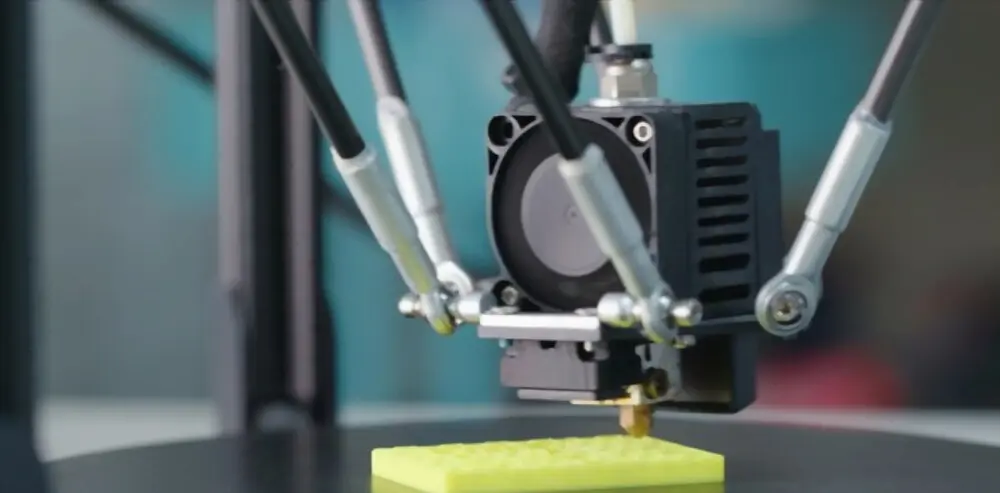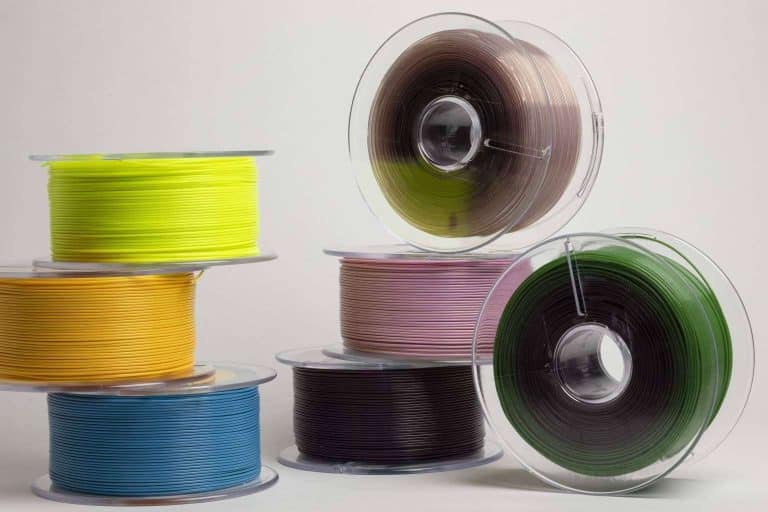Even if you have one of the best 3D printers, you need more than just optimism to get the most out of it. Below we have listed some tips for 3D printer hobbyists who are just getting started.

Tips for 3D printing
Level the print bed
When you level the bed of a 3D printer, you are ensuring that the nozzle is at the same height across the entire printing surface. This allows the printer to lay down a perfect first layer and the foundation for a good print.
We explain the steps to level it, whether it comes with automatic adjustment or lacks this option.
First, warm up the nozzle and bed as if you were preparing a print. Metal expands slightly when hot, so never calibrate a cold machine. Let the printer warm up for a few minutes. Next, start your printer. This takes it to position 0,0,0.
Check your printer controls to see if there is an option to automatically level the bed. That option will move the printer around the four corners of the bed while you adjust the springs underneath.
If you don’t have this option look for the disable motors option, which turns off the stepper motors and allows you to push the print head by hand.
Slide the print head (or let the printer do it) to the first corner, roughly centered over the adjustment knob under the bed. Slide a piece of plain paper under the nozzle. Raise or lower the nozzle until it barely touches the paper.
Do it in the 4 corners and also in the center. Then do it again. Bed leveling is really a balancing act and adjusting one corner can offset the opposite corner.
Clean your print bed and make it sticky
Your printing surface may be perfectly flat and level, but the plastic won’t stick to it if it’s not clean. Wipe the printing surface with alcohol and a paper towel after each print to keep it clean.
Use rafts to increase the success rate
Rafts are exactly what they sound like: a thick first layer on which the model sits. These adhesion aids go some way to challenging uneven, dirty beds and virtually guarantee a successful print.
Keep your mouthpiece clean and buy replacements
Your new printer may come with two nozzles, one installed in the fuser and one spare. Most 3D printers use brass nozzles that wear out with use, especially if you use glitter filament or abrasive fibers.
If your printer uses them, the first thing you should buy is more nozzles. When the nozzle wears, the opening widens, throwing off carefully calculated print calibrations. And what’s worse, they can clog the inside of your fuser or hotend.
You can tell that a nozzle is going bad when you have small gaps in the print or too many threads. Also keep the outside of the mouthpiece clean. 3D filament debris collects on the hot nozzle and then drips onto the print. Clean the outside of the mouthpiece while it is hot.
Keep your filament cool and tight
PLA filaments are the most popular for 3D printing because it is the easiest to work with and comes in a huge variety of colors. It doesn’t easily absorb moisture, so you don’t have to worry about keeping it sealed in airtight containers.
That doesn’t mean you can leave it anywhere. The biggest problem with filament is dust and tangles. That is why proper handling of the coils is key to printing success.
You can prevent dust from clogging your printer by using a dust sponge. Simply attach a small piece of sponge with a binding clip to the filament before it enters the extruder.
Tangles on your coil are even worse. If your spool becomes knotted, the filament will stop passing through the printer and will cause a failure. Prevent tangles by not allowing the coil to unwind.
Search and download free files.
The last piece of the 3D printing puzzle is finding the right models to print. Unless you are an artist and know CAD, you need ready-made files. Lucky for you, there are literally millions of free files waiting for you to download. The most popular file repositories are Thingiverse, Thangs and Cults, all of which allow you to download STL files for free.


